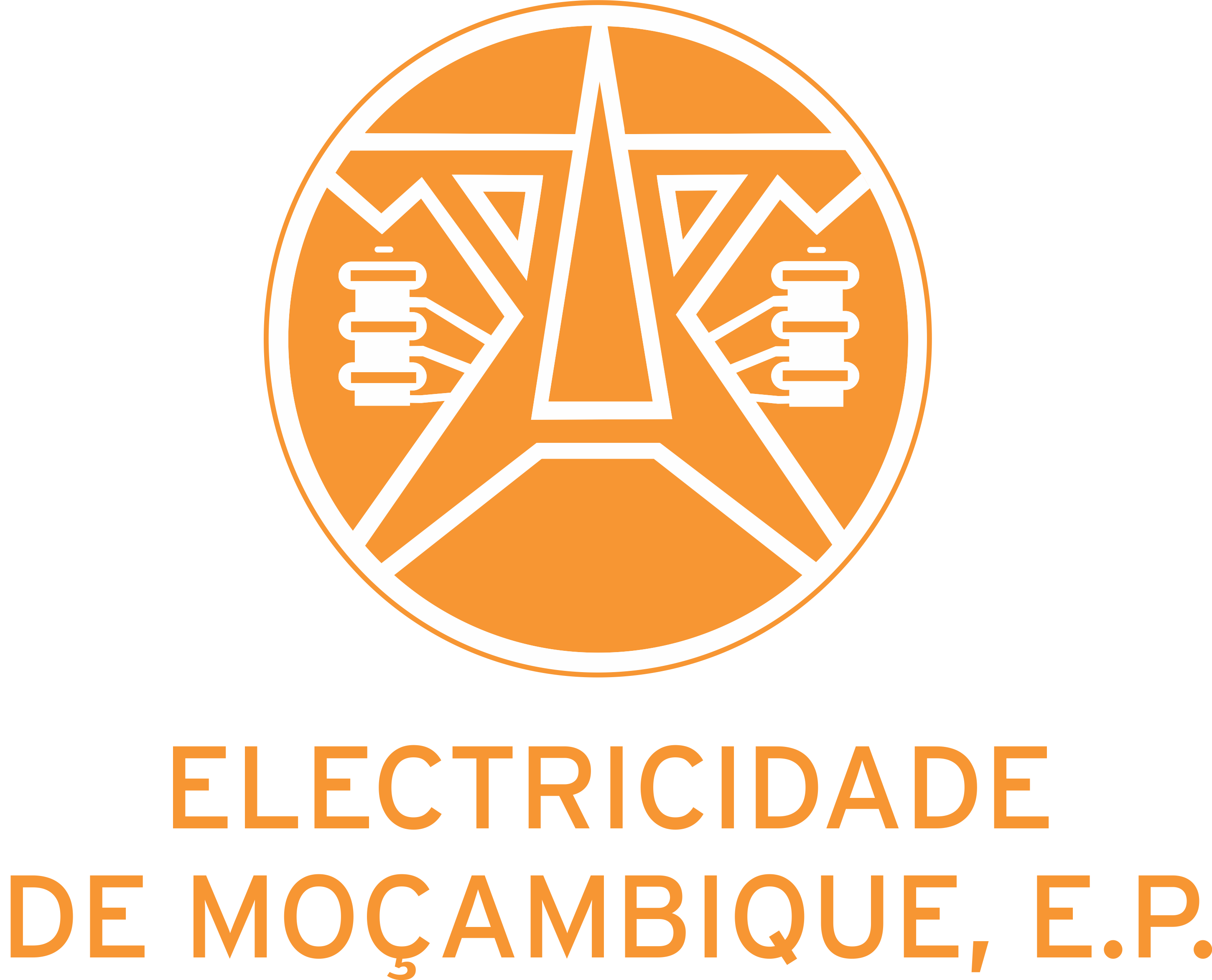Meetings at the Board are essential to support the company’s goals, preventing conflict and ensuring compliance with regulatory requirements. But they can only be productive if everyone in the room is engaged and committed to fostering constructive dialogue. By applying these best practices you can transform your Board meetings into the dynamic engines that propel your organization towards its long-term vision and goals.
The first step in running an effective board meeting is to establish clear expectations and establish meeting protocols. It includes clearly identifying who is responsible for each item on the agenda, and making sure that all attendees have a full understanding of what is expected from your meeting.
By establishing and adhering to time limits for each item on the agenda, you’ll view post nowabout boardvantage portal review be able to keep your focus throughout the meeting. It also lets the attendees know that their time is appreciated. Limit the number of agenda items to ensure that your board members have the ability to discuss each item efficiently. Voting on non-controversial topics can be done via a consent agenda, which frees up time to discuss strategic issues. Use visual tools like countdown timers to keep track of your time, particularly when dealing with sensitive subjects.
Distractions from new discussion topics can distract from the main purpose of the meeting and lead to lengthy discussions. Include the word “parking area” on the agenda, to include topics that require further study or consideration, but aren’t at the top of your priority list. Be sure to regularly revisit the parking area to see the need for further investigation, added to the agenda, or delegated as a task.
